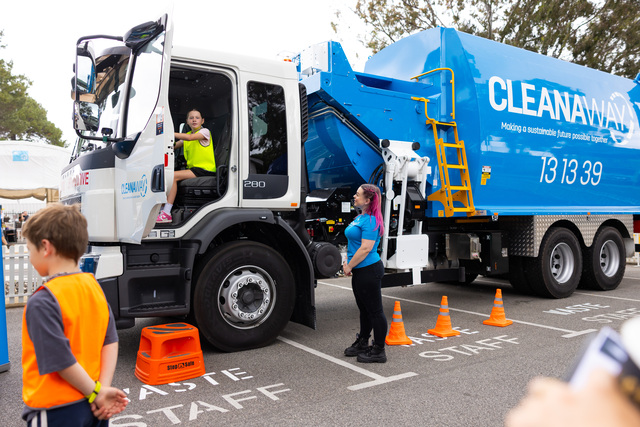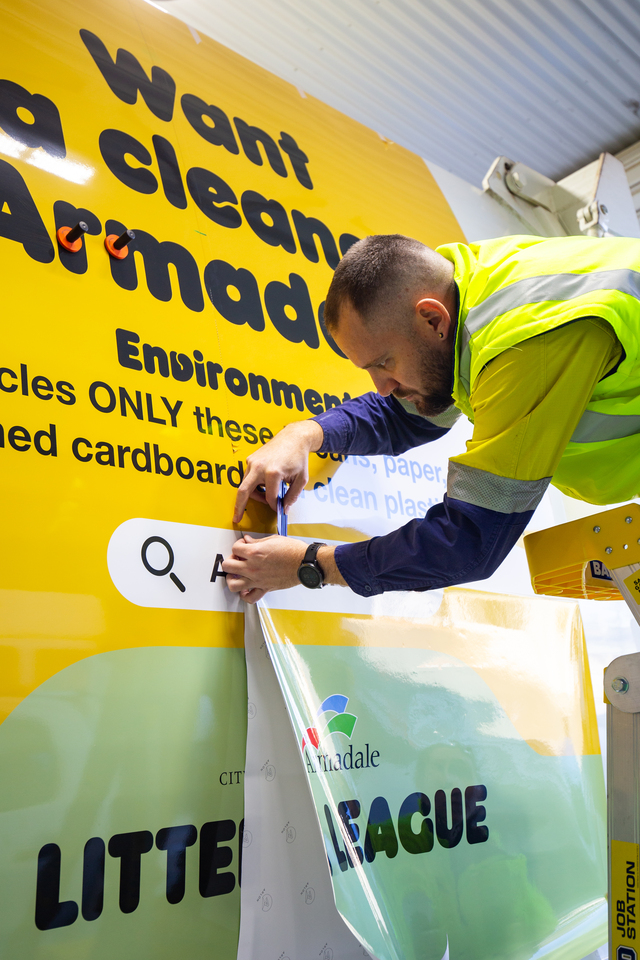The week that candle lit vigils across Australia marked the violent death of Melbourne woman, Eurydice Dixon, City of Ballarat representatives were in Canberra to receive a National Award for Local Government for an innovative community safety project Right to the Night.
Ballarat mayor, Samantha McIntosh, said, “It’s significant that the vigil was taking place in the same week we were receiving our award.”
Right to the Night project was selected as category winner for Innovation to Create More Liveable and Collaborative Communities.
The award recognised Right to the Night as a customer-focused innovation which collaborated with the community to improve the design and implementation of public services.
In recent years there has been a change in the way crime prevention is viewed. It is no longer simply the domain of police and the justice system.
Community based strategies are emerging, and local partnerships are assuming a share in the responsibility with local government taking a leading role.
The Federal Government’s Safer Communities Fund provides councils and community organisations with grants of up to $1 million for security infrastructure activities to address crime and anti-social behaviour in public or community spaces.
While many such grants are spent on installing CCTV, security lighting and protective bollards, they are also being used to revitalise public places.
Right to the Night grew out of GovHack, a nationwide annual open data hackathon in which teams of volunteer developers, coders, designers, analysts, and others develop solutions and services aimed at benefiting the broader community.
An app was developed to collate data and community members were asked to pin on a map the areas where they felt safe or unsafe around the Ballarat central business district then visit righttothenight.com.au to add further comments on the locations.
The information gained will be presented at a Town Hall meeting on 23 October.
It will be used to help design public spaces that encourage safety and inclusiveness.
Mayor McIntosh said that although all the data was not yet analysed, it was easy to recognise emerging patterns.
“The places where people indicated that they feel safe are the places that are well lit, attract lots of people, have inviting street furniture and street art, live music.”
Information received via the app is already informing the City’s planning decisions.
Seventy places around Ballarat were highlighted as
being safe.
“We know that a vibrant and creative streetscape attracts more people, we know that if there is more activity in the spaces there’s more people in the spaces and people feel safer in the spaces. So they all work hand in hand.”
People, lighting and security were the major factors missing in the 235 unsafe spaces.
“Just having CCTV and security guards walking the streets doesn’t create vibrancy and excitement, doesn’t create warmth, charm, activity and attraction,” Mayor McIntosh said.
“They are not the magnets that make a city feel full of life and therefore safe.
“[City of Ballarat’s]…Creative City Strategy and the Live Music Strategy are bringing vibrancy to certain areas of the city and those are the areas people feel comfortable in.
“Where that’s not happening, people have dropped pins saying they don’t feel safe in those spaces.”
Although the project had a special focus on women the app was available for all including men and children.
“We wanted women to be involved with the planning process, we wanted women to be involved with the design and [have] the ability to collaborate with providing knowledge, experiences and ideas to make our public spaces more liveable, make them more safe.
“While there was a thrust for women to be engaged in the project…we want everyone in Ballarat to feel safe not just women.”







